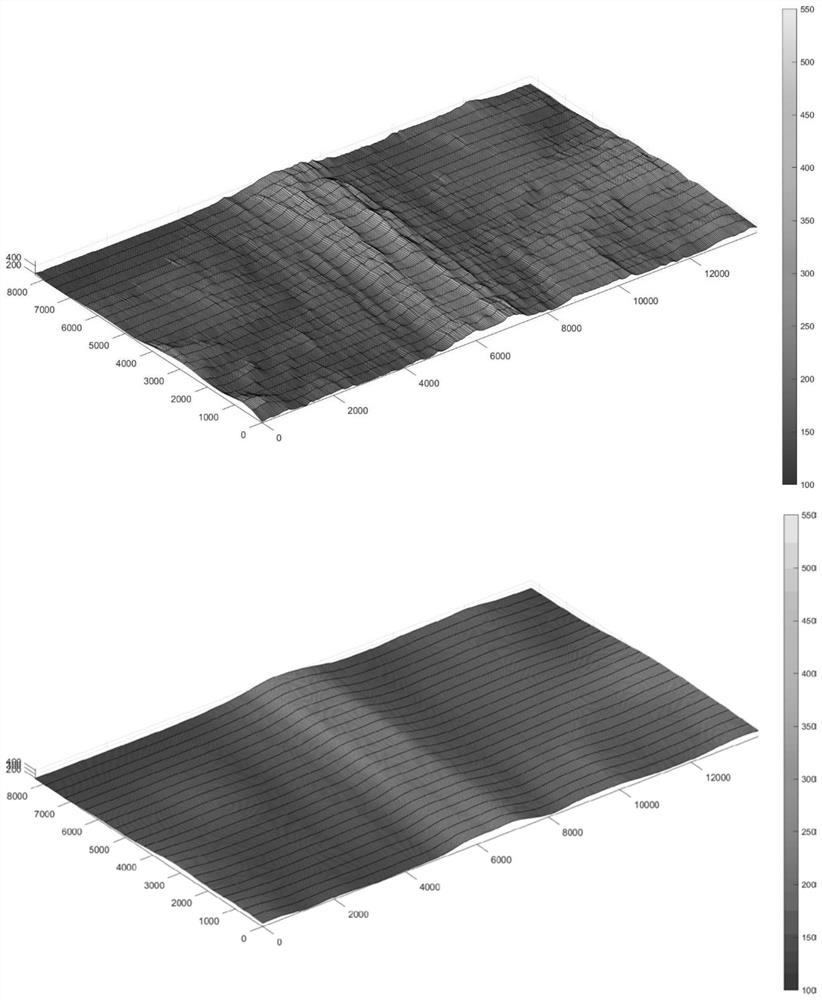First arrival pickup method based on strong noise and weak signal detection
A weak signal detection and noise technology, applied in the field of earth exploration, can solve the problems of time difference between tracks, poor application effect of complex mountain data, lack of reward function and detailed description of initial state selection, etc.
- Summary
- Abstract
- Description
- Claims
- Application Information
AI Technical Summary
Problems solved by technology
Method used
Image
Examples
Embodiment Construction
[0067] The preferred embodiments of the present invention will be described below in conjunction with the accompanying drawings. It should be understood that the preferred embodiments described here are only used to illustrate and explain the present invention, and are not intended to limit the present invention.
[0068] In step 1, read in the su data or segy data, and store them separately according to the header and data. The data used in this paper is the single-shot data of an explosive seismic source in a piedmont in southwest my country. There are 24 survey lines in total, each with 348 traces, the line spacing is 360m, the trace spacing is 40m, and there are 1501 sampling points in the longitudinal direction with a sampling interval of 4ms.
[0069] In step 2, the elevation in the road head is extracted, and then the surface elevation is calculated for smoothing to generate a smooth surface elevation, and then the formula (selev: smoothed elevation surface; relev: rea...
PUM
 Login to View More
Login to View More Abstract
Description
Claims
Application Information
 Login to View More
Login to View More - R&D
- Intellectual Property
- Life Sciences
- Materials
- Tech Scout
- Unparalleled Data Quality
- Higher Quality Content
- 60% Fewer Hallucinations
Browse by: Latest US Patents, China's latest patents, Technical Efficacy Thesaurus, Application Domain, Technology Topic, Popular Technical Reports.
© 2025 PatSnap. All rights reserved.Legal|Privacy policy|Modern Slavery Act Transparency Statement|Sitemap|About US| Contact US: help@patsnap.com



